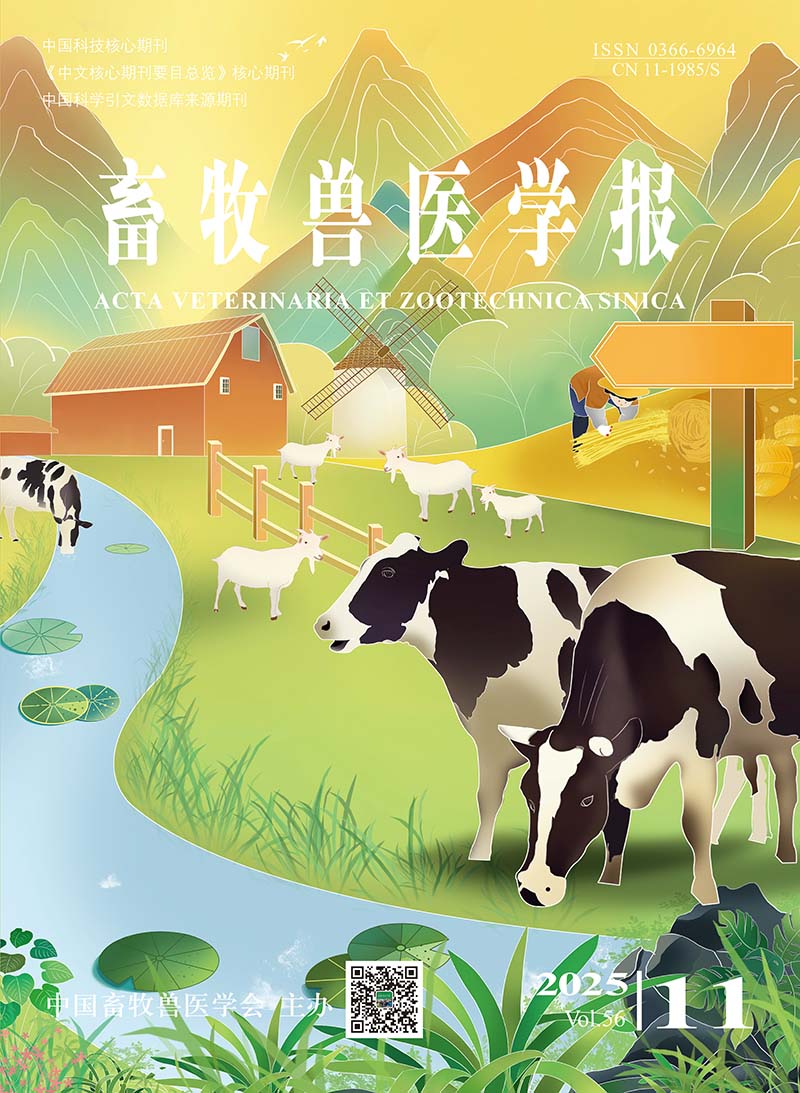This study was conducted to investigate effects of maternal undernutrition during late pregnancy on growth, development and anti-oxidation capability of Mongolia ovine fetal liver. 42 Mongolia ewes treated by estrus synchronization fecundability were selected, 6 ewes were slaughtered at the beginning of the experiment and the remaining 36 animals were allocated to three different groups: restricted group1 (RG1, 0.175 MJ ME·kgw-0.75·d-1, n=14), restricted group2 (RG2, 0.33 MJ ME·kgw-0.75·d-1, n=12) and control group (CG, ad libitum, 0.67 MJ ME·kgw-0.75·d-1, n=10). At 140 d of gestation, 6 representative ewes in each group were slaughtered. The results showed as follows: fetal weight(P<0.01), fetal liver weight(P<0.01), DNA concentration(P<0.01), protein concentration(P<0.01), total DNA contents(P<0.01), protein/DNA(P<0.01), T-AOC(P<0.01), SOD activity(P<0.05) in fetal liver were significantly decreased and GSH-PX activity (P<0.05), MDA concentration(P<0.01) were significantly enhanced in RG1 group compared with CG group. For RG2 group, the decreases of fetal weight(P<0.01), liver weight(P<0.05), DNA concentration(P<0.01), protein concentration(P<0.01), total DNA contents(P<0.01), protein/DNA(P<0.01), T-AOC (P<0.01) were founded and MDA concentration was significantly increased inRG2 group than that in CG group(P<0.01). In conclusion, the growth, development and anti-oxidation capability of fetal livel were affected seriously by maternal undernutrition during late pregnancy. With the decreasing of nutrition levels, the negative reactions to fetal liver became more severe and the sensitivity of anti-oxidation defense was increased.






